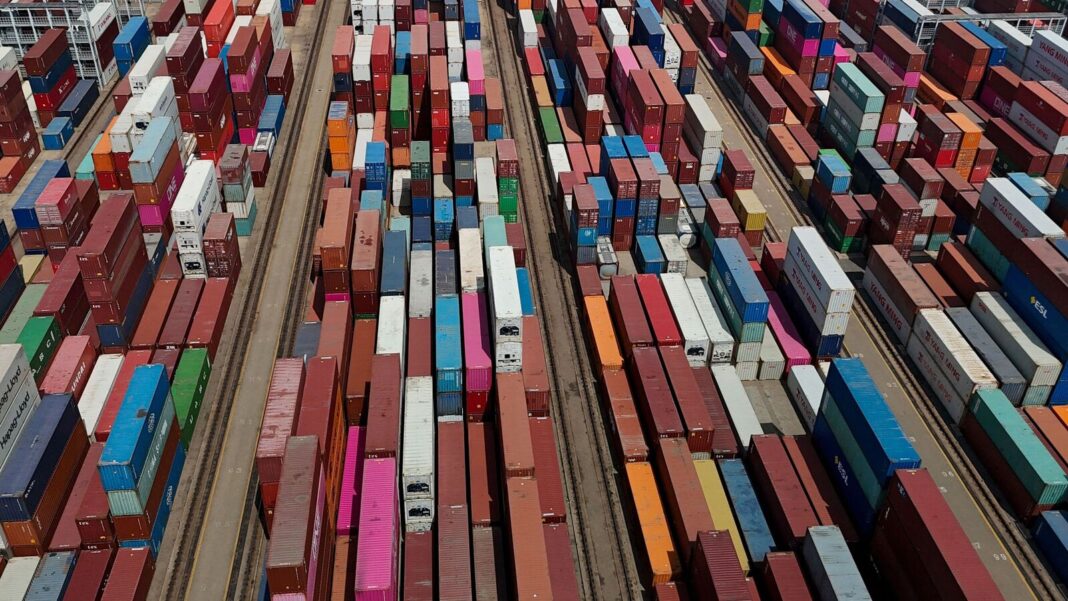In Short:
The Automotive Components Manufacturers’ Association (ACMA) expressed concern over logistical bottlenecks affecting Indian auto component exports to key markets like the US, Europe, and Asia. Despite a revenue growth of 9.8% in FY24, freight costs are rising, delivery times are increasing, and congestion surcharges are impacting the industry. Imports, however, are doing well, with a trade surplus of $300 million largely due to increasing demand for engine components. Domestic vehicle sales, aftermarket growth, and exports are driving the sector’s growth.
Logistical Bottleneck Impacts Indian Auto Components Industry
The Automotive Components Manufacturers’ Association (ACMA) raised concerns over logistical bottlenecks affecting Indian auto component exports to major markets like the US, Europe, and Asia, which make up nearly 30% of the industry’s annual turnover.
Industry Growth and Trade Surplus
In FY24, the Indian auto components industry recorded a revenue of $74.1 billion, showing a growth of 9.8% over the previous fiscal year. ACMA data highlighted that exports outpaced imports, resulting in a trade surplus of $300 million, a significant improvement from the previous year’s deficit of $200 million.
Challenges with Freight
Vinnie Mehta, Director General of ACMA, expressed concerns over increasing freight costs and delivery delays, which have doubled or even tripled in duration. Shradha Suri Marwah, president of ACMA, elaborated on bottlenecks in the Red Sea and Southeast Asia regions, including congested ports in Singapore, Sri Lanka, and China, leading to congestion surcharges of $1,000-$1,500 per container and the need to hold more inventory.
Addressing Imports and Domestic Market
Despite challenges, the industry seems better equipped to handle import issues, crucial for the domestic market. Instead of facing severe shortages due to semiconductor and shipping disruptions during the pandemic, suppliers and OEMs have planned ahead to mitigate such disruptions.
Marwah assured that inventory buildup for 45-60 days will cater to the festive season demands, emphasizing a proactive crisis approach this time. Heightened shipping costs may be passed on to customers through forward contracts with OEMs, affecting margins temporarily due to increased costs and extended delivery times.
Export-Import Dynamics and Growth
In FY24, India’s auto component exports grew by 5% to $21.2 billion, while imports rose by 3% to $20.9 billion, resulting in a positive trade balance of $300 million. Strong demand for engine components, drive transmission, and steering parts drove this balance.
The US and Europe remained top export destinations, with North America and Europe accounting for a significant portion of total exports. China, Germany, South Korea, and Japan were major sources of imports, mainly for drive transmission, steering parts, engine components, and electricals/electronics.
Despite a slow start in the first quarter, growth in domestic vehicle sales, a strong aftermarket, and increasing exports continue to fuel the sector’s growth. The aftermarket saw a 10% growth in FY24, driven by rising vehicle usage for personal and commercial purposes, and formalization in the repair and maintenance market.





